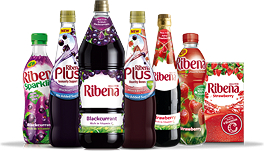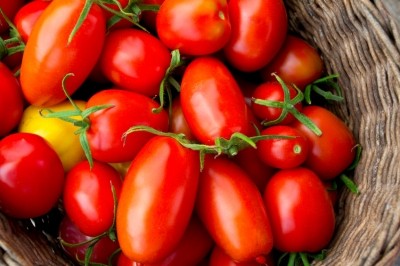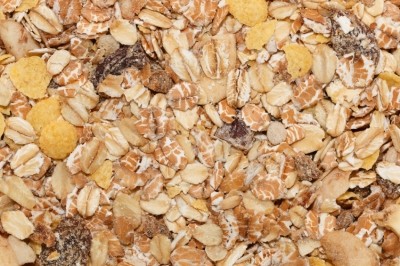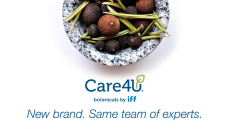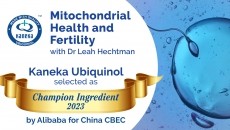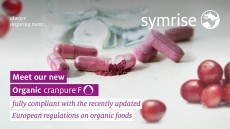Global project uses fruit by-product to boost food nutrient content
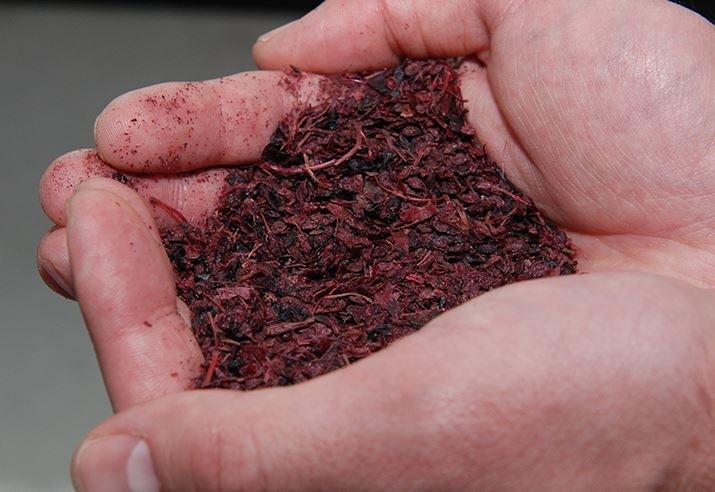
Pomace – the material left after blackcurrants have been pressed for juice – is a potentially rich source of polyphenols and fibre.
Researchers believe it could be introduced to cereal products, including bread, muffins, biscuits and breakfast foods, significantly boosting their cardioprotective and anti-cancer properties.
The research forms the bulk of the BerryPom project that brings together researchers from five European countries and New Zealand.
The three-year collaboration was borne out of an EU project named SUSFOOD, which aims to maximise research into the development of more sustainable food production and consumption.
Industry support
Individual governments have been providing financial backing and one of the collaborators, the University of Huddersfield, has received £150,000 (€190,000) from the UK’s Department for Environment Food and Rural Affairs (DEFRA).
BerrryPom is also receiving industry backing from Lucozade Ribena Suntory (LRS), owner of iconic UK brands Lucozade and Ribena previously owned by GlaxoSmithKline (GSK), and which is providing samples of blackcurrant pomace for the laboratory-based research.
Pomace consists of the skins, pulp, seeds, and stems of berries after juicing. It can account for up to 30% of the product, but has so far had limited use and is often discarded.
It is the main bi-product of the blackcurrants LRS uses in Ribena, which has been sold in the UK for more than 70 years.
“It made sense, given the nature of the project, to seek to involve this company,” said Grant Campbell, professor of Chemical Engineering at the University of Huddersfield and one of the researchers working on the project.
“Blackcurrants are one of the UK’s major berry crops, the majority of UK blackcurrants go into drinks. The inclusion of LRS allows us to access material with known UK provenance, and enhances both the scientific strength of the work and its commercial relevance.”
At Huddersfield, extraction techniques are used to produce soluble dietary fibre from the coarse pomace.
The team are primarily looking into ways to introduce this fibre into bread dough and how its intense colour will affect the taste and appearance.
“We are aiming for an increase in fibre content of up to 15%,” said fellow team member Dr Vasileios Kontogiorgos. “Except for the colour you can’t tell the difference.”
Fibre-infused food

The team have revealed that flavour is hardly affected by the introduction of pomace, but bread and muffins can acquire a dark colouration. Therefore, ways to lighten the colour of the blackcurrant by-product are currently being explored.
“In the case of the berry pomace, there are anti-oxidant benefits as well as the addition of aesthetic appeal in the form of interesting flavour and colour attributes,” said Campbell.
“Increasing fibre intake is arguably the number one thing we could do as a nation to increase the overall health of the population.”
“There are no magic bullets in terms of super-ingredients, but blackcurrant pomace-derived ingredients will, we hope, take its place in its contribution to healthy individual and national diets.”
In addition to the University of Huddersfield, the Berrypom consortium also consists of research teams at Germany’s Technische Universität Dresden, the Universitat Politecnica de Valencia in Spain, Sweden’s Lunds Universitet and Lincoln University in New Zealand.
